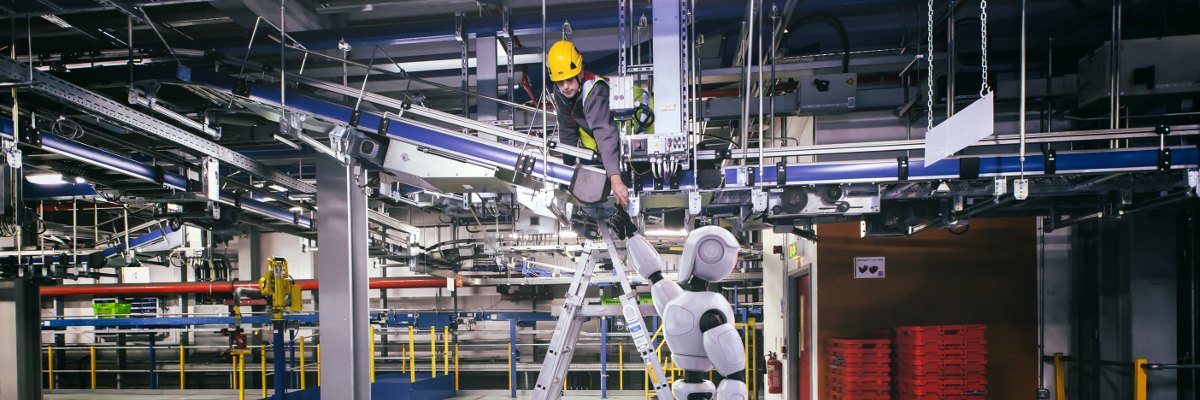After keeping its idea under wraps – or, more accurately, in a hangar – for a number of years, Cambridge Consultants has revealed what it calls a stratospheric breakthrough in a programme which aims to realise the dream of superfast 5G for everyone and everything across the globe, delivered by a fleet of aircraft at very high altitude.
Working in collaboration with Stratospheric Platforms Limited (SPL), the Cambridge Consultants solution comprises a wireless antenna that the company says is unlike anything seen before, delivering what is claimed to be affordable connectivity from a fleet of zero-emission aircraft, airborne at an altitude of 20,000m for more than a week.
Explaining the rationale and attraction of the service to potential clients, that is the operator community such as Deutsche Telekom which is backing the project, Cambridge Consultants said connectivity would be delivered at a fraction of the cost of building and maintaining terrestrial infrastructure, and with minimal environmental impact due to its zero-emission hydrogen power system, such a fleet could rewrite the economics of mobile broadband.
With the proof of concept now complete, the antenna measures 3m2 and weighs just 120kg and is expected by the company to become the world’s largest commercial airborne communications antenna. It is the culmination of a four-year project with UK-based startup SPL to develop a high-altitude platform (HAP) and communication system operating in the stratosphere to bring affordable, fast connectivity to every corner of the world.
In realising its design, SPL said it was essential to overcome significant technical challenges in the design of the antenna to deliver massive data rates in a unique environment where power was limited, weight was critical and cooling in the thin, stratospheric air was difficult.
A single HAP is said to be able to provide coverage over an area of up to 140km in diameter, equivalent to deploying hundreds of current terrestrial masts. Each antenna produces 480 individual, steerable beams, creating patterns that can be “painted” onto the ground to cover specific areas such as roads, railway lines or shipping lanes.
The ability to produce hundreds of beams means the antenna will be able to re-use spectrum to ensure fast and even coverage across the entire covered area. Digital beamforming gives potential flexibility in how services are deployed, allowing in-flight reconfiguration to deliver services beyond the reach of conventional fixed terrestrial networks. This includes following mobile users, including trains and autonomous vehicles, and providing coverage exactly where required, for example ending at national borders.
Cambridge Consultants calculates that a fleet of around 60 HAPs could blanket the whole of the UK with connectivity, providing geographic coverage of peak 5G speeds in excess of 100Gbps in aggregate. Moreover, with such discounted costs, the tech firm claimed the platform had the potential to connect the unconnected in the developing world, fill gaps in coverage across the developed world and to ensure rural areas weren’t left behind anywhere across the globe.
SPL completed its first successful trial in September 2020, with roll-out of the first commercial service anticipated to begin in Germany in 2024.
“This unique antenna is at the heart of SPL’s stratospheric communications system,” commented Stratospheric Platforms Limited chief executive officer Richard Deakin. “The development and testing of the antenna have met or exceeded the design criteria and working with such a talented team at Cambridge Consultants has been one of the highlights of the programme to date. We look forward to continuing the journey as we progress to the production-standard antenna.”
Tim Fowler, chief sales officer at Cambridge Consultants, added: “Four years ago, SPL approached Cambridge Consultants with an ambitious vision: to revolutionise the telecoms experience by beaming connectivity from the sky. Our role, to design and build this ‘mega cell tower in the stratosphere’, has seen us make breakthrough after breakthrough, and we’re excited to build on these innovations with SPL, on the path to commercial deployment.”













